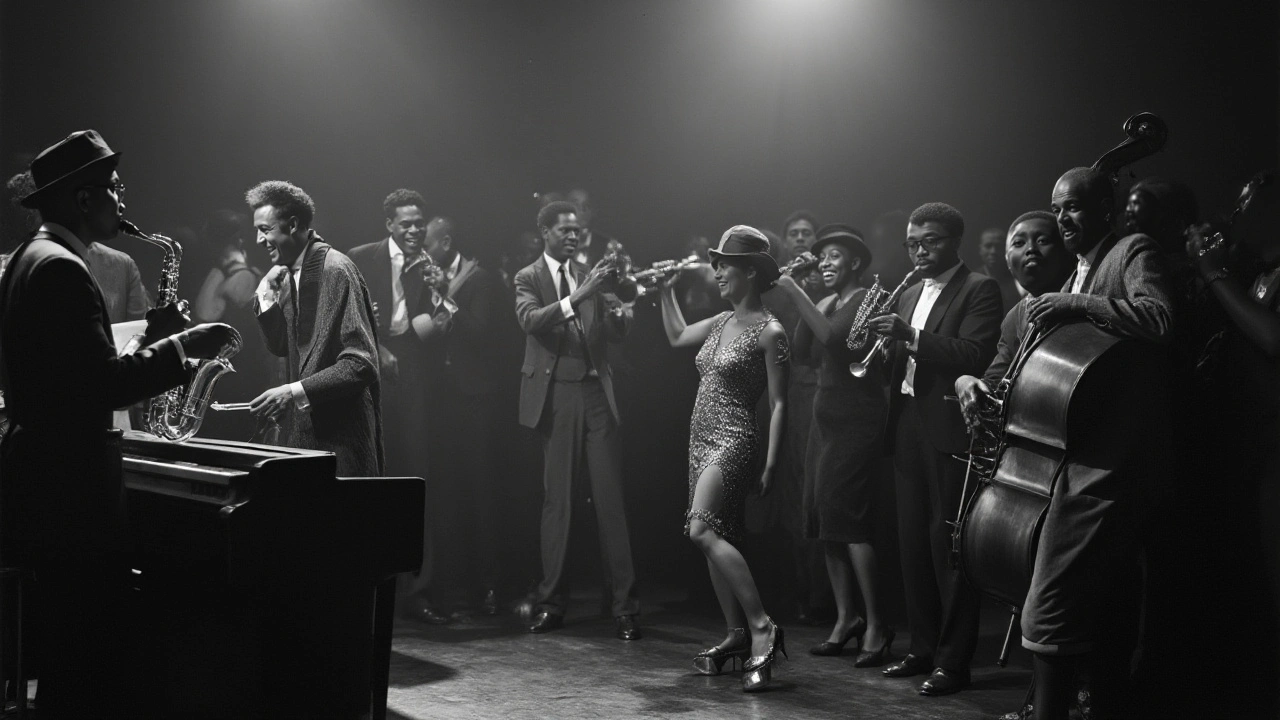Art and Literature: How Visual Art and Stories Shape Each Other
Art and literature often meet and feed each other. A painting can suggest a whole story, and a novel can create strong images you can almost see. If you want to explore both, pick a clear goal: learn how imagery works, study a movement, or use art to spark writing.
Start with one pairing. Choose a single artwork and a short story or poem. Spend ten minutes looking at the artwork and jot down five concrete details: color, light, figure, object, mood. Then read the text and underline five images or phrases that match any of those details. Ask direct questions: which detail repeats? Which one changes meaning in the text? This spot-and-note method trains you to spot links fast.
Use focused reading lists that match art movements with books. For example, read about Abstract Expressionism while reading emotionally raw memoirs. Pair Bauhaus design articles with essays about daily life and function. On this site, posts like How Abstract Expressionism Shaped Modern Art and Bauhaus Modernism give solid starting points with names and works you can research further.
Visit galleries with a tiny notebook. Write one-sentence impressions for each piece, then write a one-paragraph scene inspired by the strongest impression. That rule of quick response makes studio thinking active instead of passive. If you cannot visit a gallery, use high quality images online and apply the same method.
Study methods that work
Compare motifs across media. Track a symbol like the city, the sea, or a mask through paintings, poems, and stories. Make a simple chart: column one for visual details, column two for words or phrases, column three for emotional tone. This visual table is a fast way to spot patterns and influences.
Fast projects you can do now
Try three short projects. One, visual captioning: pick a painting and write five different captions in different voices. Two, image to scene: take a small detail from a picture and write a 300 word scene built only around that detail. Three, reverse mapping: read a paragraph, then plan a sketch or mood board that could illustrate it. These exercises build skill quickly.
Use related articles to guide practice. Read Photorealism Art to study visual precision, read Magical Realism to learn how writers mix the ordinary and the fantastic. Mix readings from the site with hands on work and you will notice faster improvement in both seeing and writing.
Practice twice a week for thirty minutes. Keep a short log of what you did and one clear takeaway. Over time you will find tighter connections between images and words and new ways to use both in your own work.
If you want examples, check site posts on movements and artists, then copy a small exercise from an article and make it your own. Share results with a friend or online group and ask for one piece of feedback. That feedback loop speeds growth and keeps you making work every week.

